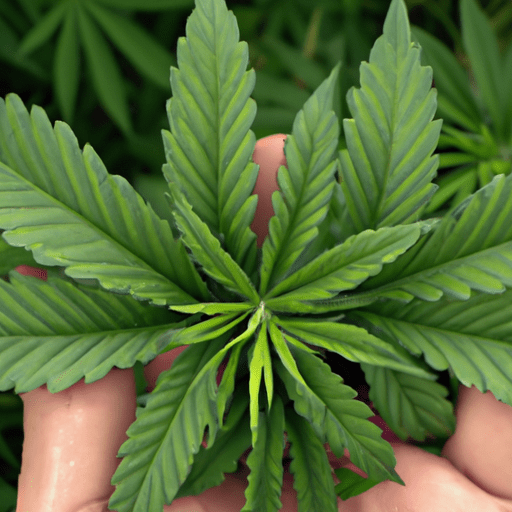Exploring the Benefits of Medical Marijuana: How It Can Help Treat Chronic Pain and Other Conditions
The use of medical marijuana has been a controversial topic for many years. However, recent research has shown that marijuana can be an effective treatment for a variety of medical conditions, including chronic pain. This article will explore the potential benefits of medical marijuana and how it can be used to treat chronic pain and other conditions.
Medical marijuana is a form of cannabis that has been approved by the Food and Drug Administration (FDA) for medical use. It is typically prescribed by a doctor to treat certain medical conditions. The active ingredients in medical marijuana are known as cannabinoids, which are chemical compounds that interact with the body’s endocannabinoid system. This system is responsible for regulating a variety of bodily functions, including pain, appetite, and mood.
The most common use of medical marijuana is to treat chronic pain. Studies have shown that cannabinoids can help reduce inflammation and pain in the body. This can be especially beneficial for those suffering from conditions such as arthritis, fibromyalgia, and multiple sclerosis. In addition, medical marijuana can be used to treat nausea and vomiting associated with chemotherapy and other treatments.
Medical marijuana can also be used to treat mental health conditions such as anxiety and depression. Studies have shown that cannabinoids can help reduce symptoms of anxiety and depression. This can be especially beneficial for those who are struggling with mental health issues.
In addition to treating chronic pain and mental health conditions, medical marijuana can also be used to treat a variety of other conditions. For example, it can be used to treat glaucoma, epilepsy, and even cancer. Research is ongoing, but there is evidence that medical marijuana can be an effective treatment for these conditions.
Overall, medical marijuana has the potential to be an effective treatment for a variety of medical conditions. It can help reduce inflammation and pain, as well as treat mental health conditions and other conditions. It is important to speak with your doctor before using medical marijuana, as it can interact with certain medications and may not be suitable for everyone.
The Legalization of Medical Marijuana: What Does It Mean for Patients and Doctors?
The legalization of medical marijuana has been a contentious issue in the United States for decades. In recent years, however, more states have begun to legalize the use of marijuana for medical purposes, and the debate has shifted from whether or not to legalize it to what it means for patients and doctors.
For patients, the legalization of medical marijuana can mean access to a safe and effective treatment for a variety of conditions. Studies have shown that marijuana can be used to treat a variety of conditions, including chronic pain, nausea, and muscle spasms. It can also be used to help with the side effects of chemotherapy and other treatments. For many patients, medical marijuana can provide relief from symptoms that are otherwise difficult to manage.
For doctors, the legalization of medical marijuana can mean more options for treating their patients. In states where medical marijuana is legal, doctors can prescribe it to their patients as an alternative to traditional medications. This can be beneficial for patients who may not respond well to traditional medications or who may have difficulty accessing them. Additionally, doctors can use medical marijuana to help their patients manage their symptoms more effectively.
The legalization of medical marijuana also has implications for research. As more states legalize medical marijuana, researchers will have more opportunities to study its effects and potential benefits. This could lead to the development of new treatments and therapies that could help improve the quality of life for many patients.
Overall, the legalization of medical marijuana has the potential to benefit both patients and doctors. It can provide patients with access to a safe and effective treatment for a variety of conditions, and it can give doctors more options for treating their patients. Additionally, it could lead to new treatments and therapies that could improve the quality of life for many patients.
The Science Behind Medical Marijuana: How Does It Work?

Medical marijuana is a controversial topic, but its use is becoming increasingly accepted in the medical community. As more states legalize its use, it is important to understand the science behind how it works.
The active ingredient in marijuana is delta-9-tetrahydrocannabinol (THC). THC binds to cannabinoid receptors in the brain, which are responsible for regulating pain, mood, appetite, and memory. When THC binds to these receptors, it can produce a variety of effects, including pain relief, relaxation, and euphoria.
In addition to THC, marijuana contains other cannabinoids, such as cannabidiol (CBD). CBD does not bind to the same receptors as THC, but it does interact with the body’s endocannabinoid system. This system is responsible for regulating a variety of physiological processes, including pain, inflammation, and mood. CBD has been shown to have anti-inflammatory and analgesic effects, which can help reduce pain and inflammation.
Medical marijuana is often used to treat a variety of conditions, including chronic pain, nausea, and muscle spasms. It can also be used to treat anxiety, depression, and insomnia. The effects of medical marijuana vary from person to person, and the dosage and type of marijuana used will depend on the condition being treated.
Medical marijuana is a powerful tool that can be used to treat a variety of conditions. It is important to understand the science behind how it works in order to make informed decisions about its use. With more research, medical marijuana may become an even more effective treatment option for many conditions.
Growing Medical Marijuana: What Are the Challenges and Benefits?
The cultivation of medical marijuana has become increasingly popular in recent years, as more and more states have legalized its use for medicinal purposes. While the potential benefits of medical marijuana are numerous, there are also a number of challenges associated with growing it. In this article, we will explore the challenges and benefits of growing medical marijuana.
One of the primary challenges associated with growing medical marijuana is the legal implications. In many states, the cultivation of marijuana is still illegal, and those who choose to grow it may face serious legal consequences. Additionally, the federal government still considers marijuana to be an illegal substance, and those who are caught growing it may face federal charges.
Another challenge associated with growing medical marijuana is the cost. Growing marijuana requires specialized equipment and supplies, and these can be quite expensive. Additionally, the cost of the marijuana itself can be quite high, depending on the strain and quality.
Finally, there are also a number of environmental challenges associated with growing medical marijuana. For example, marijuana plants require a lot of water and nutrients, and this can lead to water pollution and soil degradation. Additionally, the use of pesticides and other chemicals can have a negative impact on the environment.
Despite these challenges, there are also a number of benefits associated with growing medical marijuana. For example, it can provide relief from a variety of medical conditions, including chronic pain, nausea, and seizures. Additionally, it can be used to treat a variety of mental health conditions, such as anxiety and depression. Finally, it can also be used to help those who are struggling with addiction, as it can reduce cravings and withdrawal symptoms.
In conclusion, while there are a number of challenges associated with growing medical marijuana, there are also a number of potential benefits. Those who are considering growing medical marijuana should be aware of the legal implications, the cost, and the environmental challenges associated with it. However, with the right knowledge and preparation, it can be a rewarding and beneficial experience.
The Future of Medical Marijuana: What Does the Research Say?
The use of medical marijuana has been a controversial topic for many years. While some people believe that it has potential medical benefits, others are concerned about the potential risks associated with its use. As the debate continues, research into the potential benefits and risks of medical marijuana is ongoing.
Recent studies have shown that medical marijuana can be beneficial in treating certain medical conditions. For example, research has found that medical marijuana can be effective in treating chronic pain, nausea, and muscle spasms associated with multiple sclerosis. It has also been found to be effective in treating symptoms of anxiety and depression. Additionally, medical marijuana has been found to be effective in reducing seizures in people with epilepsy.
However, there are still some potential risks associated with the use of medical marijuana. For example, research has found that long-term use of medical marijuana can lead to an increased risk of developing mental health issues such as anxiety and depression. Additionally, research has found that medical marijuana can impair cognitive functioning, which can lead to an increased risk of accidents and injuries.
Overall, the research into the potential benefits and risks of medical marijuana is ongoing. While there is evidence to suggest that medical marijuana can be beneficial in treating certain medical conditions, there are still potential risks associated with its use. As such, it is important for individuals to discuss the potential risks and benefits of medical marijuana with their healthcare provider before making any decisions about its use.


